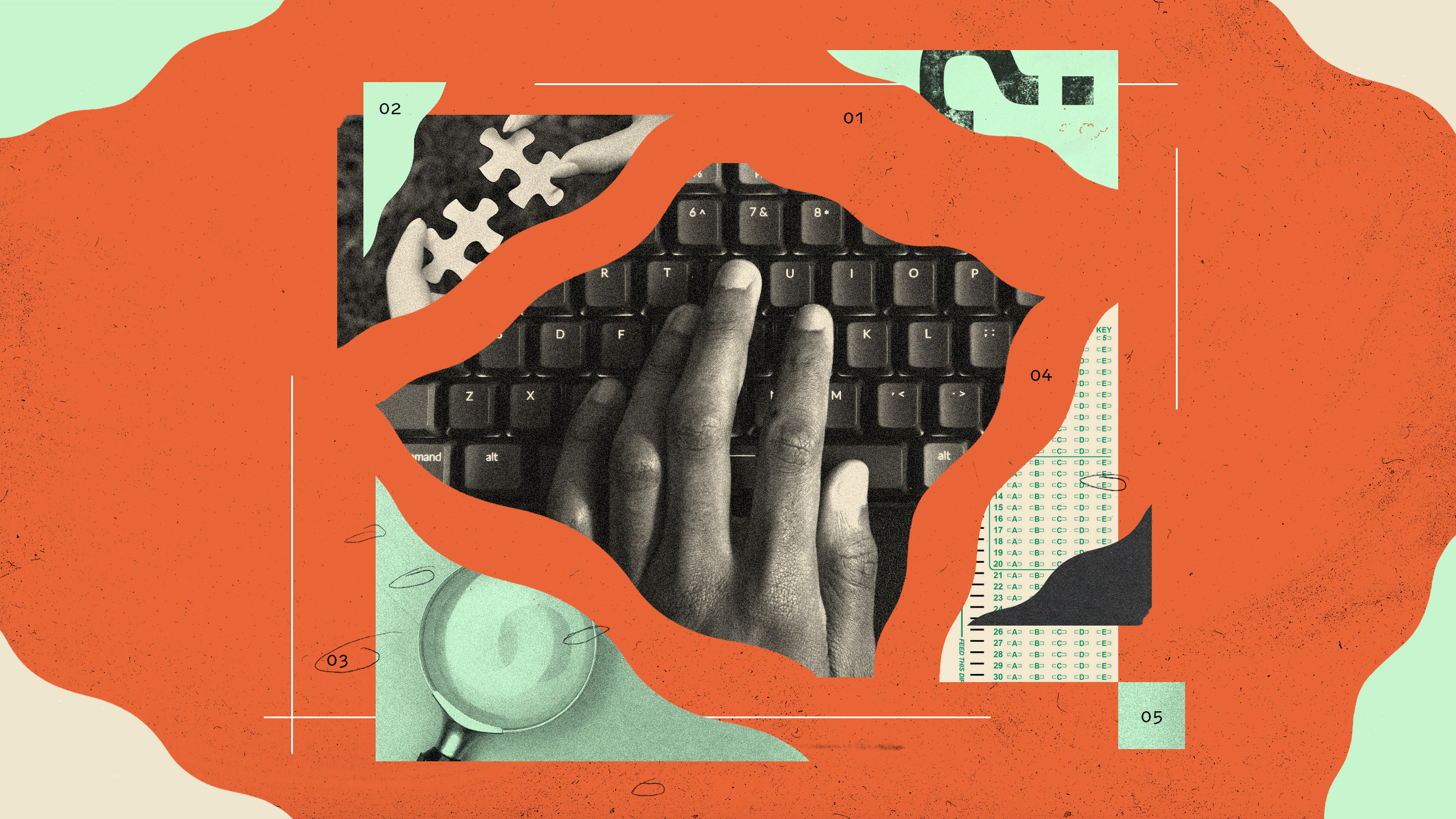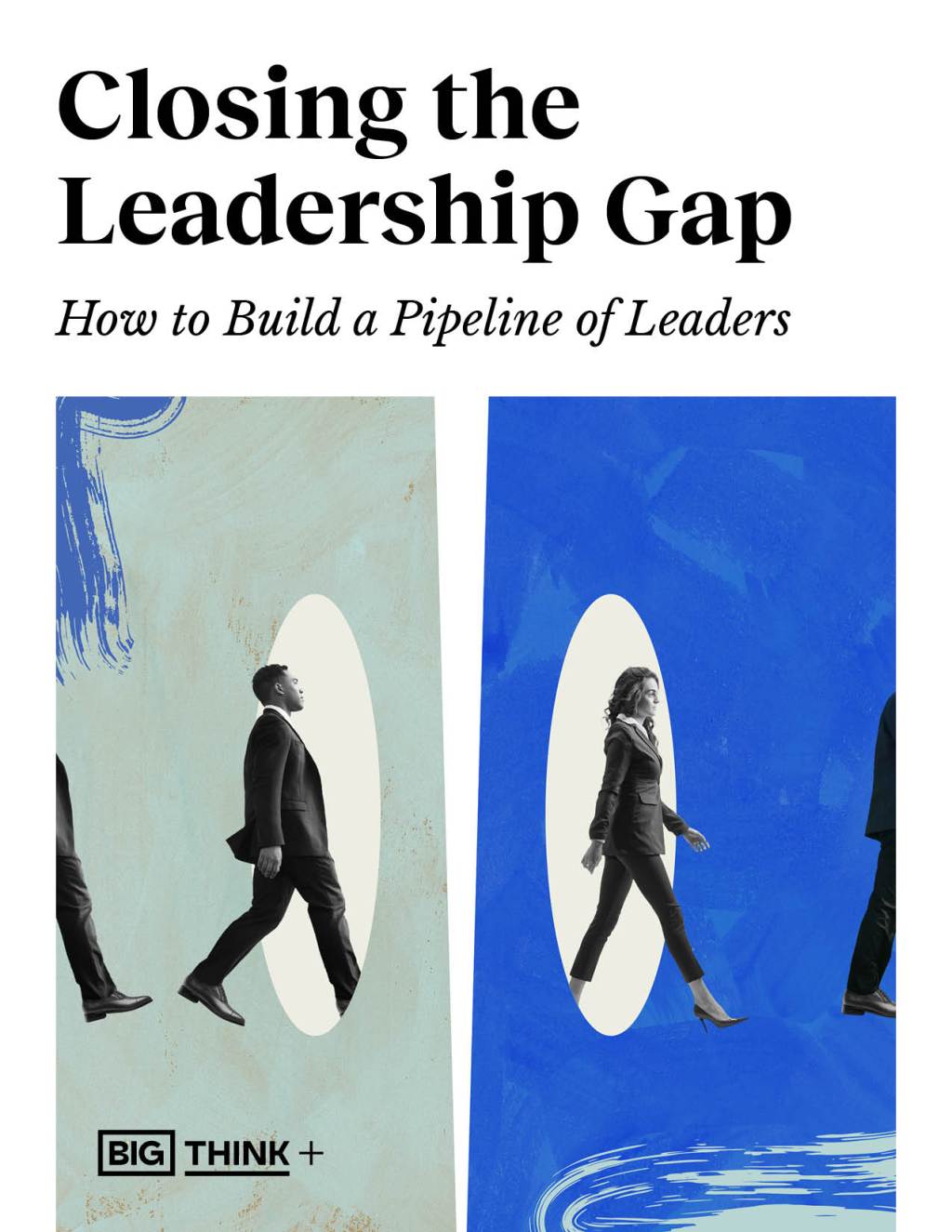5 best practices for developing a competency framework

The use of competency frameworks is an absolute essential for high-performing organizations today. Organizations thrive when their employees thrive, and one factor that helps employees thrive is clarity of expectations.
Learning leaders know that employees are more productive and report greater job satisfaction when they have a clear understanding of the skills, knowledge, and behaviors required to perform their jobs successfully. This is where competency frameworks come in.
The many benefits of a competency framework
Competency frameworks facilitate the alignment of individual and team performance to organizational goals. Investing in the design and implementation of a robust competency framework can bring several benefits to an organization.
A well-thought-out competency framework can help an organization strengthen recruitment and retention, optimize talent management, expand training and development initiatives, and support succession planning and career pathing efforts, effectively resulting in improved performance and organizational growth.
Recruiters and hiring managers can use competency frameworks to bring the best possible talent in.
By identifying the vital skills, knowledge, and behaviors for specific roles, recruiters and hiring managers can use competency frameworks to bring the best possible talent in. They can better evaluate potential candidates, hone in on those who demonstrate the essential competencies needed to perform the job, and make stronger hiring selections as a result. In addition, the tool can help with succession planning by ensuring that there is a pool of talent with the necessary skills available to fill certain roles in the future.
Competency frameworks can help with the retention and performance management of existing employees as well. When performance expectations are clear, employees are more likely to understand how their particular function contributes to overall organizational success, and therefore be more motivated and productive at work. Having set competencies for different roles is also helpful in that it better equips managers to identify high-potential employees and develop career paths to set those employees on track for advancement and promotion opportunities.
In addition, competency frameworks make it easier to assess the development needs of an employee and identify areas of opportunity. The tool allows leaders to get ahead of potential poor performance or miscommunication issues, put together competency-based performance improvement plans, or work with Learning and Development teams to identify gaps and design targeted solutions to close them. This process enables leadership to track progress over time and pivot as they go.
Competency frameworks help with the retention and performance management of existing employees.
So we know it is beneficial, but what exactly is a competency framework? Generally, competency frameworks refer to a structured approach that clearly defines and outlines the set of competencies required for an employee in an organization. Competencies are the behaviors, attitudes, skills, and knowledge that individuals must have, or be willing to acquire, to perform their job effectively.
Competencies can include abilities such as problem-solving, people management, critical thinking, and analytical skills, for example. A competency framework is a tool to evaluate and develop these skills. It clearly lays out performance expectations so employees can easily understand what is expected of them and how their performance will be measured. Ultimately, this helps ensure that the organization as a whole has the necessary skills to achieve its objectives.
Components of a competency framework
The exact makeup of a competency framework can vary from one organization to the next. Usually, however, the components include:
- A competency itself along with a clear definition to establish a consistent understanding of it
- Proficiency levels that outline the level of mastery prescribed per competency
- Behavioral indicators, including examples of the observable behaviors that demonstrate successful application of the competency
- The activities, such as training, in place to help employees develop the competencies they lack and/or must improve on
- The methods that will be used to evaluate employee performance against that competency (i.e. self-assessments, peer feedback, performance reviews, etc.)
This list of components, however, is not exhaustive and is very much dependent on the organization’s needs. This can be seen in the specific examples of competency frameworks below.
For example, Google’s Leadership Competency Framework outlines the essential competencies its leaders must have to succeed in the company. The competencies include being a good coach, effective communication (listening and sharing information), and decision-making. The company conducted extensive research on what makes a manager great at Google, and as a result, these competencies were born. They’re now incorporated into all of Google’s manager development training programs.
Organizations thrive when their employees thrive, and one factor that helps employees thrive is clarity of expectations.
The United Nations Competencies for the Future framework is a detailed guide to the core competencies necessary for employees to excel at the UN. The general competencies include communication, teamwork, and commitment to continuous learning. The managerial competencies include leadership, vision, and building trust. This comprehensive framework provides an introduction to the competencies, including why they’re important and how they were decided on, as well as behavioral indicators for each competency.
A final example – Unicef’s competency framework is made up of eight competency areas, including managing ambiguity and complexity, working collaboratively with others, and maintaining partnerships. The framework includes extensive definitions and behavioral indicators based on the level of the role: individual contributor, team manager, or manager of multiple teams.
Best practices for creating a competency framework
As seen in the examples above, many successful companies have a competency framework in place. A good framework is comprehensive in scope, relevant to the organization and its employees, measurable, and aligned with the organization’s unique mission and vision.
Yet to ensure that a framework is all of this and more, there are a few important things leaders should consider when creating one. Here are five best practices for developing a competency framework that sets the organization up for success.
1. Go beyond job analysis
Research is key when building any organizational model. For competency frameworks, in particular, it’s especially important to prepare an extensive job analysis. The job analysis helps identify the key competencies required for the job. Ideally, the process would include reviewing job descriptions, interviewing, surveying and/or conducting focus groups with employees, and observation of work activities.
However, it’s also important to look at factors that aren’t as obvious. These factors are just as critical and include: studying the organizational culture, staying on top of industry trends, and being aware of the current state of the business world in general. For example, if an organization is in the tech field, AI-specific competencies may be helpful to include as artificial intelligence systems are becoming increasingly common. Additionally, if the company culture is largely defined by collaboration, then teamwork may be one of the competencies placed high on the list.
2. Consider diversity and inclusion
When creating a competency framework, it is important to consider diversity. The best way to do this is to seek the input of employees with diverse backgrounds and experiences. The design of competency frameworks is a collaborative process that should include feedback from employees, managers, subject matter experts, and relevant stakeholders. As such, a competency framework should reflect varying perspectives and experiences.
For instance, if an organization has global teams, then most likely cultural competence, the ability to understand and communicate with individuals from a different culture, and unconscious bias, are big factors that should be included as part of the overall competency framework. If the organization lacks diversity in leadership, then inclusive leadership as a competency can help open up the criteria for more diverse leaders, as well as help existing leaders understand how to foster an inclusive work culture.
3. Provide the “why”
The competency framework should be clear and easily understood by everyone from employees to managers to stakeholders. Providing thorough definitions for each competency, delineating the behavioral indicators, and outlining how they will be assessed, are key to ensuring understanding across the board.
It’s also important to provide employees with the “why?”: Why is this important? What is the purpose of this? How will it benefit me? One way to do this is via standard training. Employees, particularly people managers, should be provided the requisite resources, training, and support to prepare them to use the competency framework appropriately.
Managers should be equipped with the tools to accurately evaluate competencies and support employees that lack them. Support can include enrollment in training programs, as well as access to coaching and mentoring.
4. Integrate it into existing processes
Once they’re ready to be implemented, competency frameworks should be integrated into people development processes such as job descriptions, performance management, career pathing/development tracks, manager and employee training, and succession planning. Integrating the framework into these models ensures that it’s used properly.
However, for the integration to be successful, the competency framework has to be consistent across the board. Whereas the competencies themselves may differ from role to role, the framework should be consistent in application. If one team includes competency frameworks to rate employees during performance reviews, all teams across the company should do the same.
5. Test and maintain
After doing the work of researching, analyzing, and collaborating with various teams and people in the organization, the competency framework is ready to launch! Before fully implementing the framework, however, many organizations find it helpful to test it to ensure that it’s efficient and relevant. Testing can include piloting it to a small group and gathering feedback, then making adjustments.
Once the framework has been updated and implemented, the work doesn’t stop there. Regular reviews of the framework should be conducted to ensure that it remains relevant and up-to-date. For example, if a people development process such as performance reviews changes or if there are changes in the industry, then the competency framework should be revisited and updated accordingly.
Final thoughts
In order for a competency framework to be effective, it has to be set up properly from the onset. If your organization does not already have one, SHRM offers this template for a competency framework that’s a strong starting point. The template focuses on Human Resource roles, however it can be customized to fit the needs of any job function.
A competency framework may not be an easy task to take on, but it is certainly worth the effort. It can lead to increased employee engagement, improved performance, and a more agile workforce, which benefits the organization as a whole.





